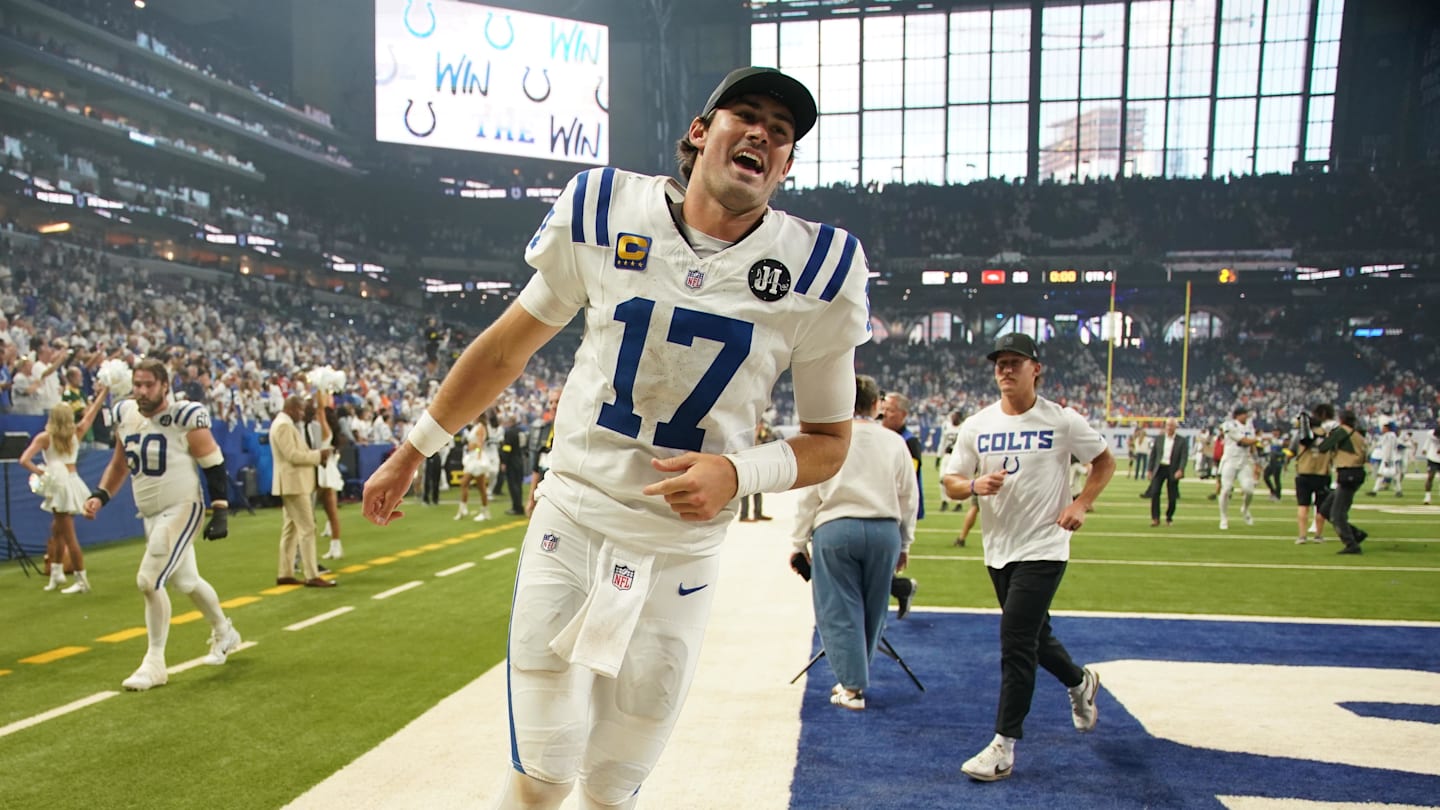Much like Week 10’s loss to the Kansas City Chiefs last year, it might take some time for the Denver Broncos to shake off what happened at the end of Sunday’s defeat at the hands of the Indianapolis Colts. Nursing a two-point lead, the Broncos’ defense forced the Colts to attempt a 60-yard field goal as time expired, which missed wide right.
However, Broncos outside linebacker Dondrea Tillman, who was the ‘jumper’ in the team’s field-goal special teams unit, was flagged for a leverage penalty, which put the Colts 15 yards closer for another attempt. That 45-yard attempt was converted by Colts kicker Spencer Shrader.
Ball game.
The leverage penalty seemed like a flukey turning of events, but we’ve since learned that it wasn’t. The Chiefs’ blocked field goal last year appeared to be a happenstance, but it was anything but. The Chiefs had identified a weakness in Broncos field-goal lineman Alex Forsyth and exploited it at just the right time.
The same happened with the Colts and the leverage penalty. The Colts had identified that new Broncos special teams coordinator Darren Rizzi liked to use a “jumper” in his end-of-game field-goal blocking unit, and the blocker in question — Dalton Tucker — identified pre-snap that Tillman would be that guy.
According to The Indy Star‘s Joel A. Erickson, Tucker then maneuvered in a way to bait Tillman to place his hand on his back to get over the top to attempt to block the kick, thus drawing the attention of the officials.
“Tucker popped up, lifted his left hand and forced Tillman to place his left hand on Tucker’s back, just below the helmet, making it easy for the referee to see and throw the flag,” Erickson wrote.
Colts special teams coordinator Brian Mason had good additional explanation, via Erickson.
“If you identify a jumper, instead of staying low like you normally would in a field-goal situation, it would be wise to then step up to punch the jumper,” Mason said.
That’s exactly what Tucker did. The irony is that he only played eight snaps in Week 2. But he had a massive impact on the Colts winning that game.
As for the Broncos, some NFL field-goal blocking units use different tactics, trying to trigger a false starter. Rizzi uses the “jumper,” similar to the Broncos’ tactic back in 2016 vs. the New Orleans Saints, when former safety Justin Simmons jumped over the line to block an extra point attempt without a leverage penalty being drawn.
Those “jumper” looks are sometimes reserved for field goals being attempted from much closer than 60 yards, but in this instance, it was an alignment snafu that caused the penalty, according to Broncos head coach Sean Payton. That’s a big reason why Payton accepted the blame for the leverage penalty and why it was his “big regret” from the Broncos’ loss to the Colts.
To the untrained eye, all these field-goal blocking units look the same. Even looking at every kick or extra point attempt made during Broncos-Colts, it appears as if at least one defender has his hand on the back of an opposing blocker, but the key in this instance is that the same guy putting his hand on the blocker’s back is also the one jumping, so it creates the appearance of the ‘jumper’ using the blocker’s back as ‘leverage’ to block the kick.
That’s a no-no. But as Payton explained on Monday, it’s okay for one rusher to push down on a blocker’s back while a teammate is the one to jump. That’s where it all went woefully wrong for the Broncos at Lucas Oil Stadium. The alignment was wrong, so Tillman was the guy both pushing down and jumping up.
“That’s on me in that situation,” Payton said on Monday. “It’s not on Darren [Rizzi], it’s not on Tillman. With a 60-yard field goal attempt, it’s different. The alignment got wrong, and the call was correct. As a defensive line, you can push down on the back of the center and offensive linemen. You can push down on the back, specifically if you’re going to go internally on the guards, you can push down. You can’t push to jump. So a common block would be to push down with one player, and then to clear jump with another. The alignment got mixed up between Tillman and one of the other tackles. The call was correct. That was leveraging.”
The irony is that Tillman’s leap had little to no effect on Shrader’s kick going wide right, but it certainly caught the official’s attention because the alignment was off.
Recommended Articles
In the end, the Broncos’ alignment being off was the catalyst, but it was Tucker’s savvy recognition of Tillman as the jumper that ultimately made the difference. Talk about great heads-up football and great coaching and preparation.
Source link

